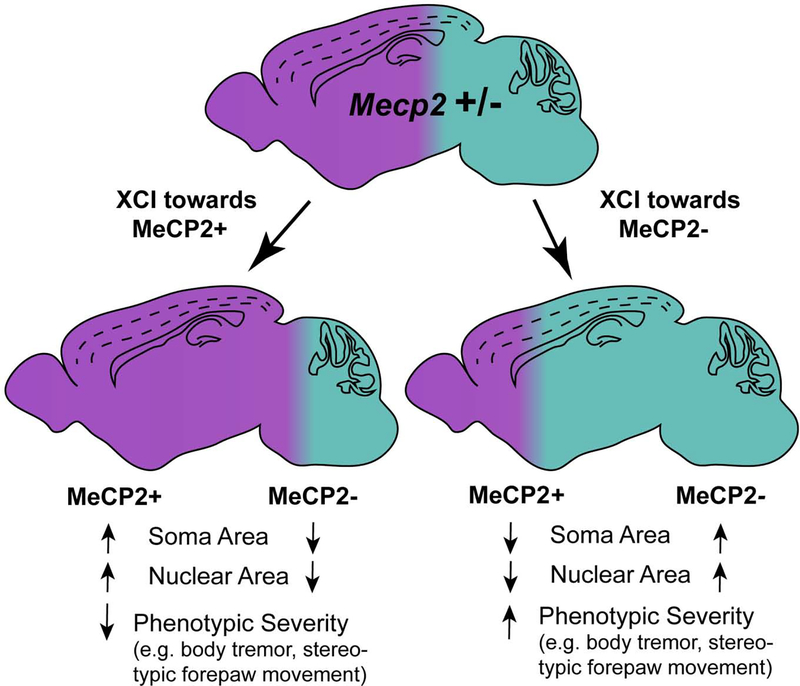Figure 1: Skewed X-Chromosome Inactivation alters RTT phenotypes in Mecp2 heterozygous female brain.
The female Het brain is a mosaic of cells expressing the wildtype allele (MeCP2+) and those expressing the mutant or null allele (MeCP2−). Although a 1:1 ratio of MeCP2+ and MeCP2− cells is the norm (top), skewed X-chromosome inactivation (XCI) can lead to an increase in the relative percentage of either the MeCP2+ cells (bottom left) or the MeCP2− cells (bottom right). This change in the overall cellular environment alters specific phenotypes of both MeCP2+ and MeCP2− neurons, through non-cell-autonomous mechanisms. For both MeCP2+ and MeCP2− neurons, the direction of phenotypic change (arrows) is depicted relative to the same cell type under balanced (1:1) XCI. Magenta indicates expression of wildtype allele and cyan indicates expression of null allele.

